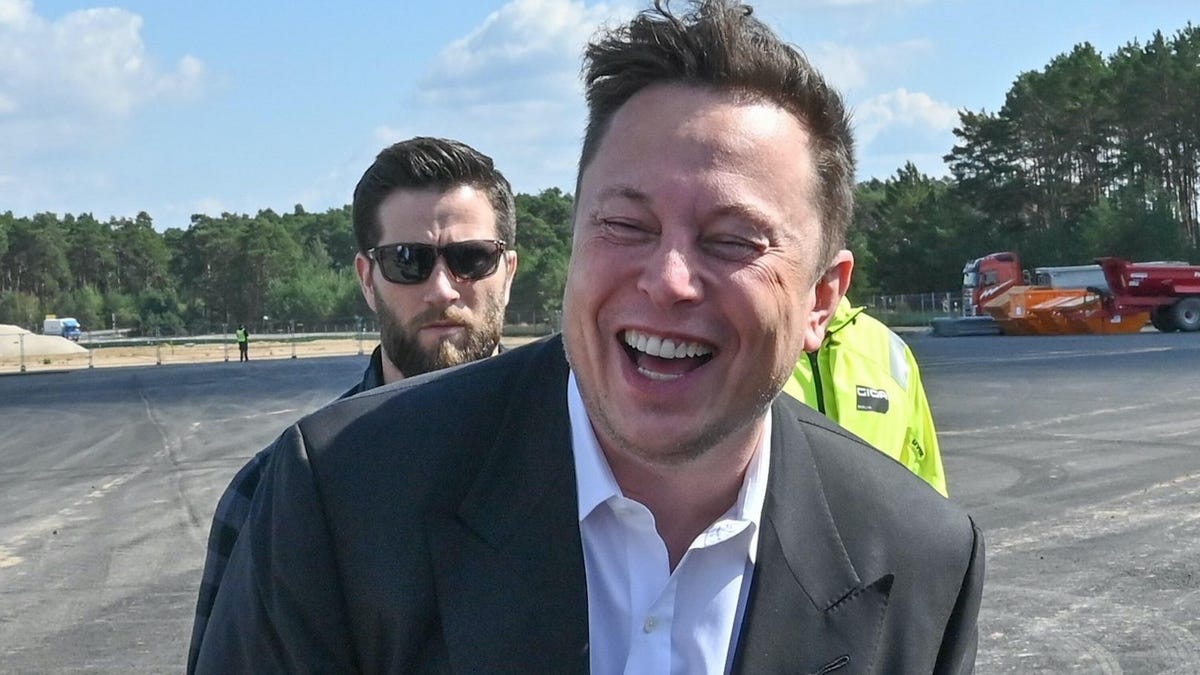Elon Musk reveals new battery design with more range and less cost at Tesla Battery Day
This so-called "Biscuit Tin" cell could be a game changer, but we'll have to wait awhile.

Tesla's new battery technology has people inside the company excited.
Tesla's Battery Day gave us a bunch of exciting information on the future of electric vehicles and energy storage, at least as Elon Musk and company see it. One of the most significant parts of the presentation centered on Tesla's work to design a new and very different kind of battery cell.
Like previous cells, the new "biscuit tin" battery cell is cylindrical in design, and it's still using lithium-ion chemistry, but that's where the similarities end. The most significant change happens inside the larger cell canister and involves removing the tabs that act as the positive and negative connection points between the anode and cathode and the battery casing.
Removing tabs has several benefits, but one of the biggest is the increase in production speed thanks to the removal of the start/stop process that the tabs require for installation. Tesla gets away from the use of tabs by shingling the interior of the battery. That also has the added benefit of removing many of the thermal barriers that a cell can encounter when DC fast charging.
Tesla's new cell design will give the company's vehicles a 16% increase in range thanks to a 5x increase in energy. That's pretty significant, but things don't stop there. Tesla is also fixated on reducing the cost per kilowatt-hour of its cells. The change in design drops the cost by 14% all by itself, but there are more savings to be found.
The next place that Tesla is looking to not only save money but also reduce its environmental impact is how the component parts of the battery cells are produced. A big part of this strategy is a change in the process used to create the cathode and anode foils that make up the battery. Traditional methods involve large amounts of water or solvent, which requires not only lots of energy and money to dry once deposited on the foil but also a great deal of effort to recover post-process.
Tesla's new method comes courtesy of its acquisition of Maxwell Technologies and its dry deposition process. The process has been iterated upon several times since the purchase, and Musk estimates that it will see several more iterations before it reaches full-scale production. It's currently in a pilot program stage at Tesla's small-footprint pilot factory for its new cells.
The battery chemistry is also getting overhauled. Specifically, the cathode is going to be made using silicon instead of graphite to contain lithium. The drive behind this is partly cost -- silicon is exceptionally cheap compared with graphite -- and partly because the change could see an increase in vehicle range of up to 20%, according to Tesla's engineers.
The anode design will also change with Tesla envisioning three different materials, each suited for a specific type of use. Cheaper, less range-intensive vehicles will use iron, while higher-end vehicles will use nickel-manganese thanks to its increased energy density. Vehicles like the Tesla Semi will use pure nickel anodes because its energy density outweighs the cost disadvantages. Both the cathode and anode production processes will also eliminate an expensive, complicated and dirty sulfating process.
So, what's the expected net impact of all of these changes? Well, the Big T expects that it will drive the cost per kilowatt-hour of its cells down by at least 56%. It will also allow Tesla's future factories to be smaller and more efficient, increasing the speed at which Tesla can move toward the terawatt production level.

